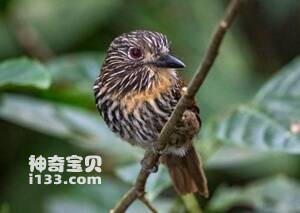
Malacoptila fulvogularis
Malacoptila fulvogularis,Black-streaked Puffbird
The bird is also known as Malacoptila fulvogularis and Black-streaked Puffbi···

Malacoptila semicincta
Malacoptila semicincta,Semicollared Puffbird
Semicollared Puffbird: Malacoptila semicincta semicollared puffbird is semic···
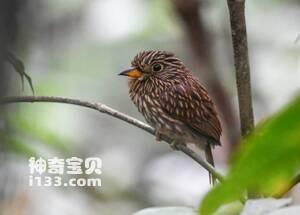
Malacoptila fusca
Malacoptila fusca,White-chested Puffbird
The bird's scientific name is Malacoptila fusca or White-chested Puffbir···
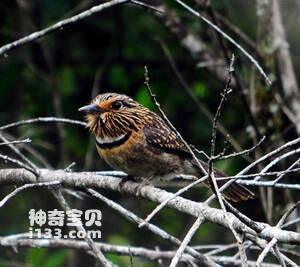
Malacoptila striata
Malacoptila striata,Crescent-chested Puffbird
The Puffbird's scientific name is Malacoptila striata, or Crescent-chest···
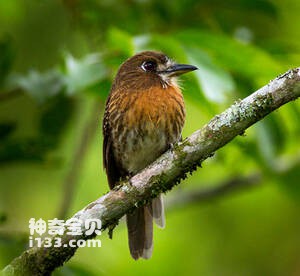
Malacoptila mystacalis
Malacoptila mystacalis,Moustached Puffbird
The species is also known as Malacoptila mystacalis and Moustached Puffbird.···
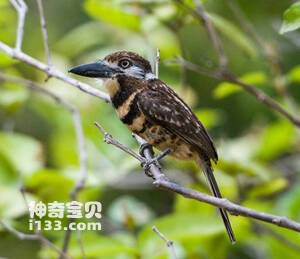
Hypnelus bicinctus
Hypnelus bicinctus,Two-banded Puffbird
Hypnelus bicinctus and Two-banded Puffbird are unknown.Protect wild animals ···
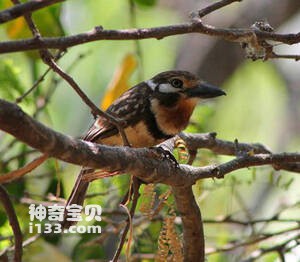
Hypnelus ruficollis
Hypnelus ruficollis,Russet-throated Puffbird
Hypnelus ruficollis and Russet-throated Puffbird are not known.Protect wild ···
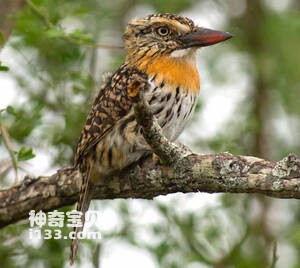
Nystalus striatipectus
Nystalus striatipectus,Streak-bellied Puffbird,Chaco Puffbird
Nystalus striatipectus, street-bellied Puffbird, Chaco Puffbird.Protect wild···
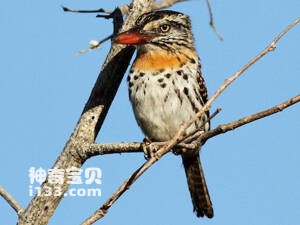
Nystalus maculatus
Nystalus maculatus,Caatinga Puffbird,Spot-backed puffbird
The species is known as Nystalus maculatus, Caatinga puffbird, and Spot-back···
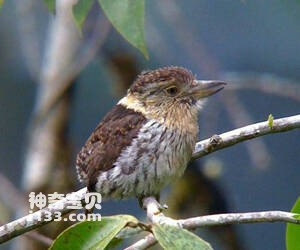
Nystalus obamai
Nystalus obamai,Western Striolated Puffbird
Western Striolated Puffbird (Nystalus obamai) is also known as Western strio···
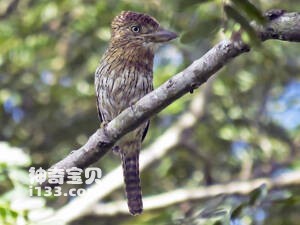
Nystalus striolatus
Nystalus striolatus,Eastern striolated Puffbird,Striolated Puffbird
The species is known as Nystalus striolatus, Eastern striolated Puffbird, St···
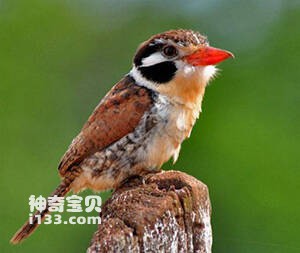
Nystalus chacuru
Nystalus chacuru,White-eared Puffbird
The bird is known as Nystalus chacuru or White-eared Puffbird, but its behav···
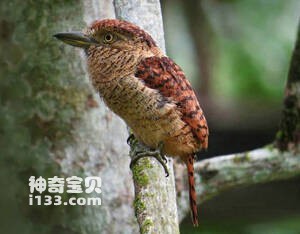
Nystalus radiatus
Nystalus radiatus,Barred Puffbird
The Barred Puffbird is Barred Puffbird, Nystalus radiatus and barred puffbir···
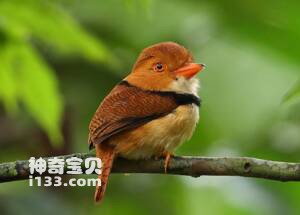
Bucco capensis
Bucco capensis,Collared Puffbird
The species is known as Bucco capensis and Collared Puffbird. Its specific b···
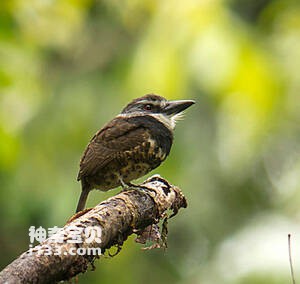
Bucco noanamae
Bucco noanamae,Sooty-capped Puffbird
The species is also known as Bucco noanamae and Sooty-capped Puffbird.Protec···
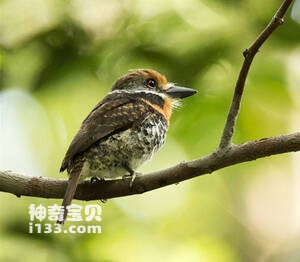
Bucco tamatia
Bucco tamatia,Spotted Puffbird
The species is known as "Bucco tamatia" and "Spotted Puffbird···
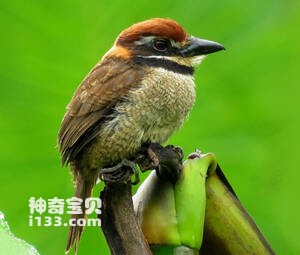
Bucco macrodactylus
Bucco macrodactylus,Chestnut-capped Puffbird
The pecker is known as Bucco macrodactylus or chestney-capped Puffbird.Prote···
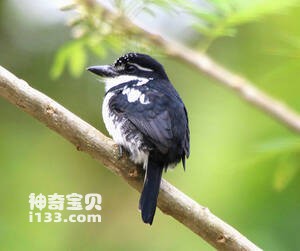
Notharchus tectus
Notharchus tectus,Pied Puffbird
The Pied Puffbird species is Notharchus tectus (Pied puffbird) and has three···
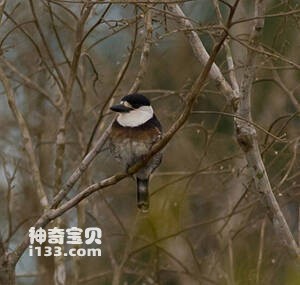
Notharchus ordii
Notharchus ordii,Brown-banded Puffbird
The bird is known as Notharchus ordii or Brown-banded Puffbird, but its beha···
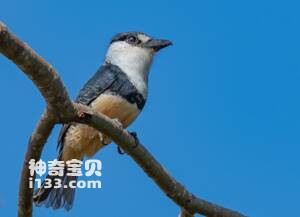
Notharchus swainsoni
Notharchus swainsoni,Buff-bellied Puffbird
The scientific name of the yellow-bellied Puffbird is Notharchus swainsoni, ···
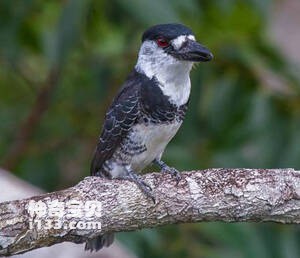
Notharchus macrorhynchos
Notharchus macrorhynchos,Guianan Puffbird
The species is known as Notharchus macrorhynchos or Guianan Puffbird.Protect···
